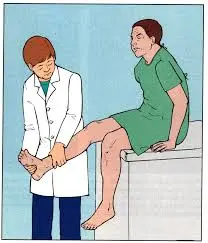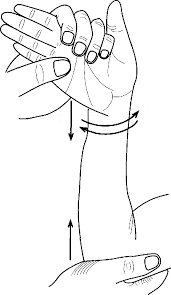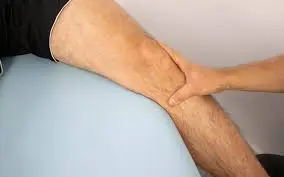Noble’s test
Introduction The Noble’s test (Noble’s Compression test) is a provocative iliotibial band test created by Clive Noble. It is often used as an indicator of iliotibial band syndrome; however, no evidence-based study has been conducted to control the validity of this test. Other tests that might be utilized are the modified Ober’s test and the…










